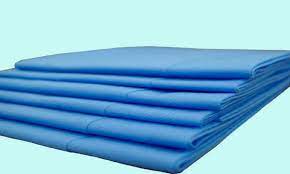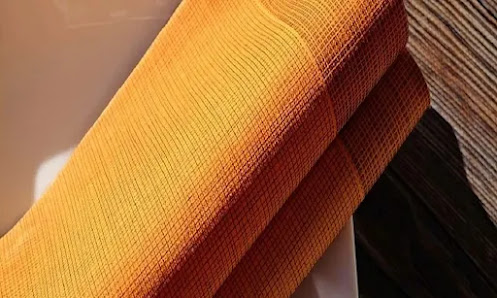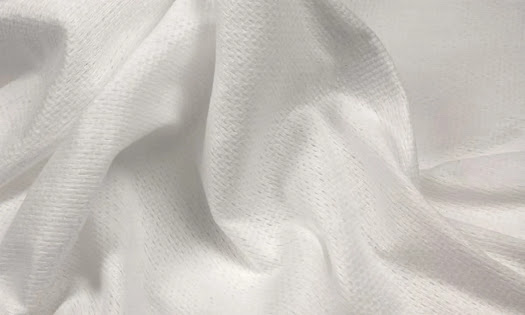What Are The Roles Of Nonwoven Materials In The Composite Industry For Structural applications?

Introduction: Understanding Non Woven Composites In the realm of composite materials, nonwoven materials play a crucial role, particularly in structural applications. These materials, known for their versatility and strength, are integral components in creating composite structures that offer lightweight yet robust solutions for various industries. What are Nonwoven Materials? Nonwoven materials are fabric-like materials made directly from fibers, rather than being woven into a fabric. They are produced by bonding or interlocking fibers through mechanical, thermal, or chemical means. This unique manufacturing process results in materials with distinct properties suitable for diverse applications. Properties of Nonwoven Materials Nonwoven materials exhibit several properties that make them ideal for structural applications in the composite industry: High Tensile Strength: Despite their lightweight nature, nonwoven materials boast remarkable tensile strength, making them suitable for r...




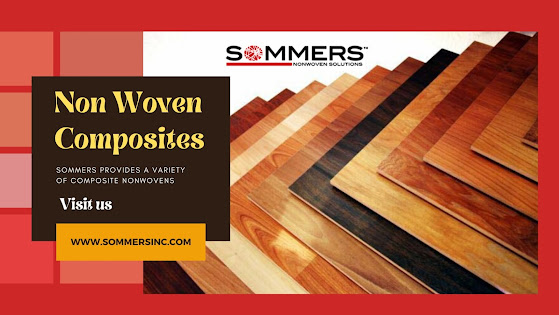

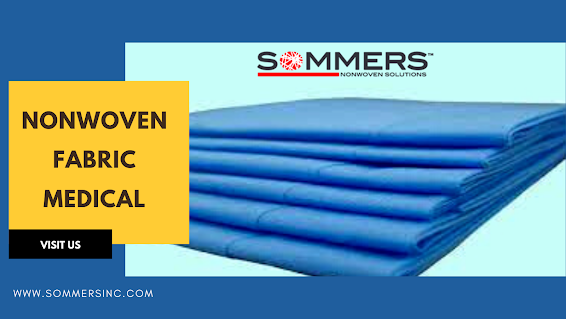.png)
.png)

